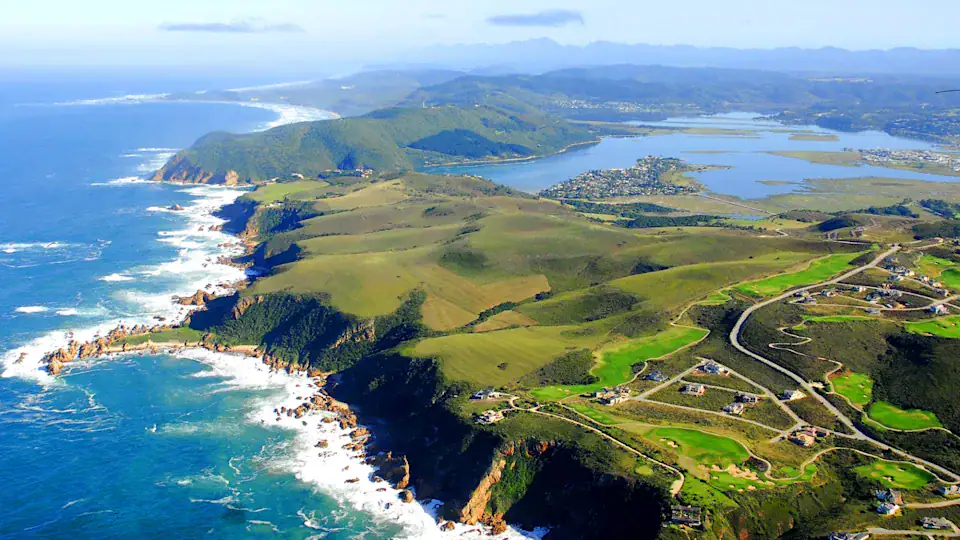Scientists working deep in the Amazon have stumbled upon something remarkable. They found a location where a rare bird species, long thought elusive, actually thrives.
The research team trekked for days through dense rainforest. Their journey wasn’t easy – thick undergrowth and unpredictable weather slowed their progress.
Finally, they heard the distinct calls of the bird echoing through the trees. It was a moment of genuine excitement, maybe even relief.
The team managed to document several individuals. They even captured clear photos and audio recordings.
This discovery could change what we know about the bird’s habitat. It might also help with conservation efforts, though much work remains.
Researchers now plan to study the area further. They’re hoping to learn how this population survived in isolation.
It’s not every day you get news like this from the Amazon. The forest still holds secrets, and sometimes, it lets us in – just a little.
Conservation efforts matter a lot for species staring down extinction. Many birds land on the critically endangered list, thanks to habitat loss, climate change, and human activity.
Ornithologists team up with conservation groups to study these vulnerable birds. They focus on population counts, breeding habits, and migration patterns – hoping to dig up data that actually helps protect these species.

A table below highlights some important aspects:
| Aspect | Details |
|---|---|
| Conservation | Protects threatened species and habitats |
| Critically Endangered | Faces very high risk of extinction |
| Ornithologists | Study birds and advise on conservation |
| Plumage | Used to identify species and subpopulations |
The plumage of some birds tells experts a lot about age and health. Changes in feather color or condition hint at how a population’s doing – sometimes for better, sometimes not.
Human activity can really hammer fragile bird populations. Logging, urban sprawl, and pollution wipe out nesting spots and food sources, making survival a real challenge.
Conservation efforts usually involve restoring habitats, passing laws against illegal hunting, and getting the public to actually care. It’s not always easy, but every bit helps.
Ornithologists lean on both old-school fieldwork and tech. They use tracking devices, audio recorders, and remote cameras to watch birds without scaring them off.
They also partner with local communities, aiming to build places where threatened birds can bounce back. Sometimes it works, sometimes it’s a slog.
Some of the world’s most at-risk birds stand out for their wild looks and flashy plumage. Experts from all over keep an eye on them, and honestly, who can blame them?
Protecting these rare species matters for biodiversity and the balance of entire ecosystems. If they disappear, what else goes with them?